Embracing the Memorable Events
Published on January 23rd, 2017
by Craig Leweck, Scuttlebutt
Years ago, every winter I would head southeast for two weeks of Snipe racing. First the class midwinters in Clearwater, then down to Miami for an event before two regattas in Nassau. The Florida events were good. The Nassau events were memorable.
Just like Key West. For 30 years, Quantum Key West Race Week has been providing postcard conditions during the day and rare revelry at night. A high bar for the sailing season to follow. Reminds me of Nassau; hard to find this blend elsewhere.
As Race Week just finished up its pearl anniversary (Jan 16-20), the crystal ball now needs clarity. In 2011, 136 entries. In 2017, 96 entries. Can this trend be turned?
During a discussion I assisted with at Race Week, panelist Terry Hutchinson likes quality over quantity, and Key West has quality in spades, but the event needs to be sustainable too. Title sponsor Quantum Sails has been doing the heavy lifting, keeping the event viable since 2012, but as panelist (and KW race committee chairman) Dick Neville shared, the event is in need of a long range plan.
Key West is organized by Storm Trysail Club, and Neville notes how their biennial Block Island Race Week has the advantage of certainty. This allowed for their upcoming June event to be host for the IRC, J/44, J/109 and C&C30 North Americans, PHRF and J/88 East Coasts, and the J/105 New England Championship. Those trophies build attendance.
Race Week has been on a year to year basis now for a few which does not provide the opportunity to work with classes to host their events. A more secure future could mean for a more sustainable event. Hutchinson, heavily involved in grand prix classes, says long range planning is critical for the boat owners at the pointy end of the sport. Probably for most others too.
During our panel discussion, we questioned whether Race Week attendance was a reflection of the sport in general. For sure it’s a numbers game, and a bigger pool of overall participation begs for a better outlook for Race Week. But there are other factors.
One design keelboat classes now dominate the sport, with many of them offering an over-served schedule. The J/70 class, with 42 boats at Race Week, also has a three weekend series in Tampa between December and February, immediately followed by the NOOD in St Petersburg. Decisions like that reduce numbers.
Class organizations have the advantage in corralling their competitors. Either at a local or national level, they have the reach to motivate, cajole, and plead with their membership. They can organize social events at Key West. But there needs to be that initiative. Fence sitters need to be empowered to head south.
However, a number of classes that once strongly supported Race Week aren’t what they used to be. The Melges 32, with 21 boats in 2011, had none in 2017. The class has only four events on its 2017 North American calendar. Race Week was one of them. That is the problem with one design classes. They rely on strong management, and in its absence, class activity can decrease.
One growth area for Race Week should be in the handicap classes. The 2011 event had three fleets of IRC and three fleets of PHRF. In 2017, with fewer grand prix boats and “middle class” competitors, there was a blend of boats in two ORC fleets. But we know there are marinas full of fiberglass boats that once actively raced.
Converting local PHRF ratings into a level field had been a historic pain at Race Week, which led in 2016 to the introduction of ORC which offered a reasonable solution. But it is this variety of technical rules in the USA which has blurred our ability to focus.
If the entire country used only one rule, the top teams would make a point of traveling to tee it up against the nation’s best. But now with IRC, ORC, and ORR becoming regionally popular, the motivation to leave one’s area has decreased. Sailors well versed in one rule are less likely to jump into someone else’s pool.
The remaining elephant in the room is how the town has matured. While the city is a significant sponsor of the event, support elsewhere is mixed. I heard stories of moorage and housing cost challenges. With all aspects of Race Week coming in from out of town, the economic impact is significant, and one would think, missed if gone. Hopefully these are issues with solutions.
A positive change for 2017 was moving the race headquarters. With nearly all boats kept in the Galleon Marina, the spacious Waterfront Brewery overlooking the harbor was home for shoreside events. This venue hit it out of the park.
Providing an expansive deck for socializing, an indoor floor for seminars and trophy presentations, it delivered a convenient and familiar club-like vibe. Holding a regatta amongst brew makers should become a trend.
So there you have it. Good news is that Maxi 72 class manager Rob Weiland said his fleet will return in 2018, and with fingers crossed, broad renewed commitment for Race Week will bode for a brighter future. Because when we retire, it will be the memorable events that our foggy brains will recall. And our stories may have nothing to do with sailing.


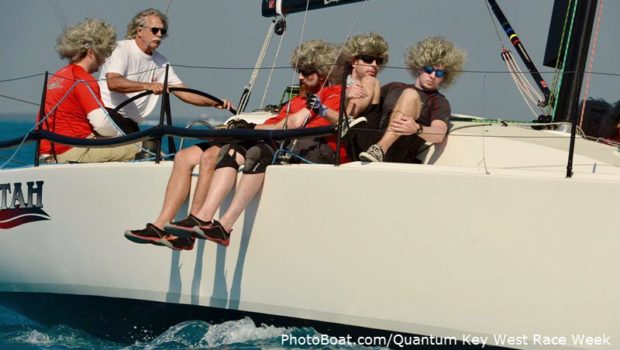

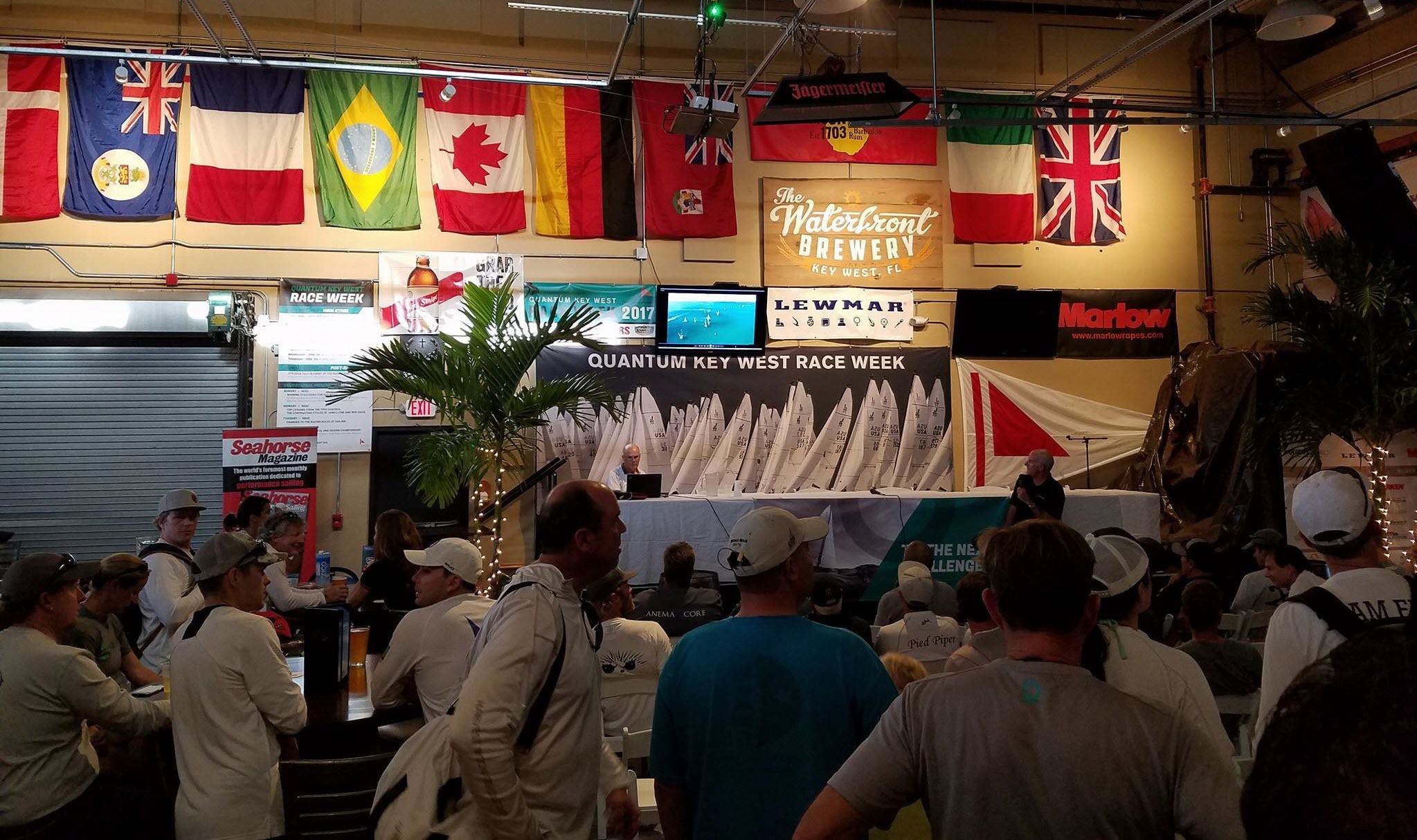
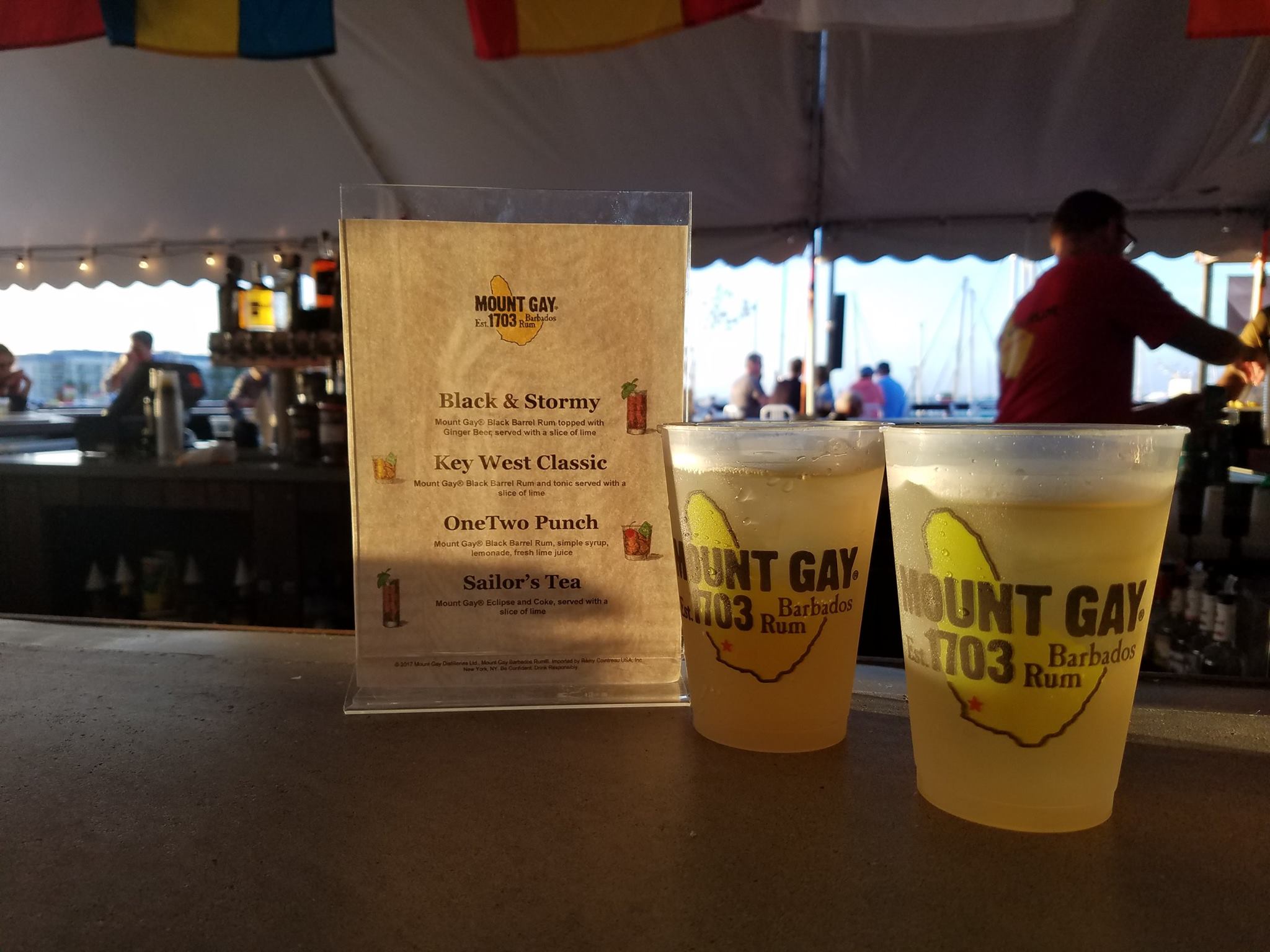

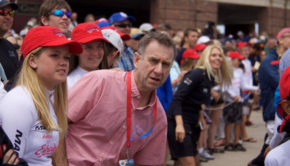


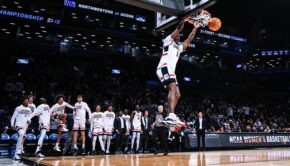
 We’ll keep your information safe.
We’ll keep your information safe.